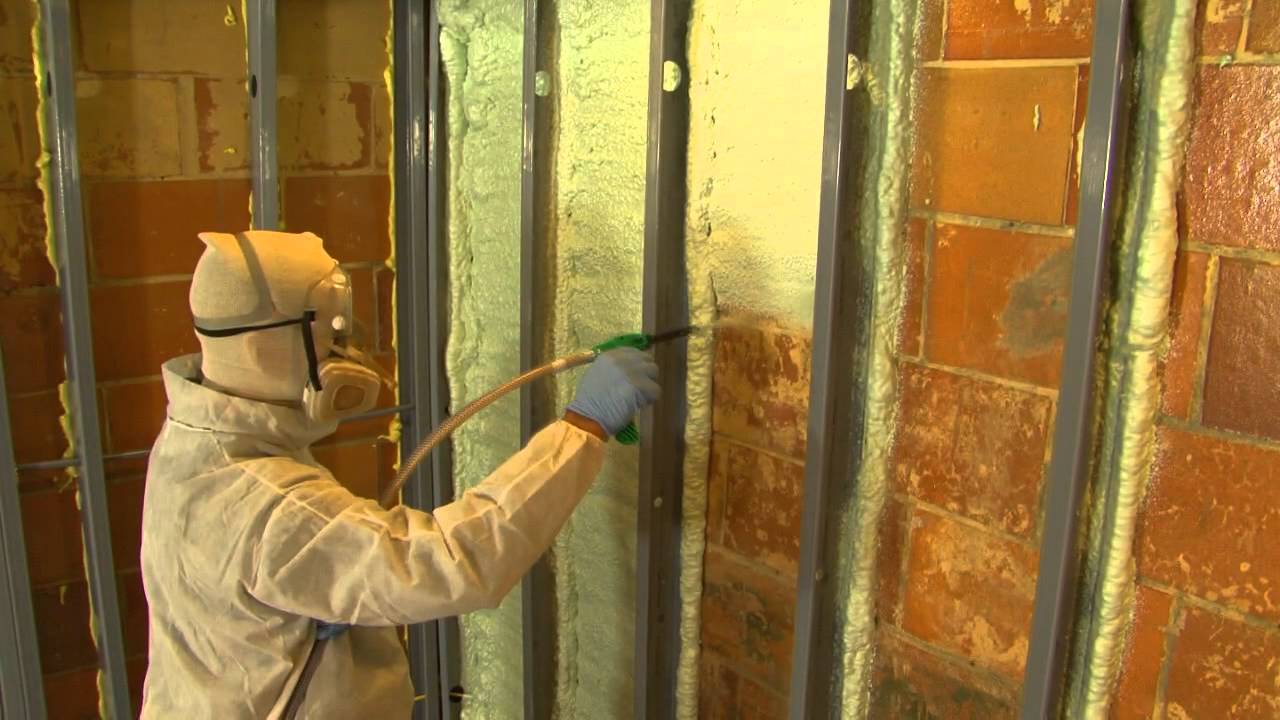Spray foam: buyer beware

Polystyrene spray foam has become the industry standard for home insulation. Typically, contractors love it because of its high insulation value and low permeability, which eliminates the need for an air barrier. Its a two-in-one solution that, at quick glance, delivers an easy and cheap energy upgrade option for homeowners.
But “easy and cheap” gets you only so far. Unfortunately, this industry standard can create several problems down the line which are costly and could compromise indoor air quality.
The problem starts when a contractor fails to apply building science to the project. This approach is imperative when renovating Toronto’s older homes, whose uninsulated walls have many gaps and are far from airtight.
This is not to say that we cannot safely improve a century-old home’s energy performance. We just need to factor in appropriate wall assemblies. Spray foam is rarely the most appropriate choice.
Here’s why. At least two inches of spray foam, required by code, on brick walls greatly impedes vapour permeability. Vapour carries moisture. With nowhere to go, moisture can be trapped within the brick. Over time this moisture, due to sun-driven moisture and freeze/thaw cycles, can weaken brick and mortar joints, leading to costly repairs.
Insulation, while important, is only one aspect of an energy retrofit. Proper air sealing and mechanical ventilation are also required to ensure energy efficiency, durability, and good indoor air quality. Retrofit work must consider the house as a complete, interrelated system.
I have seen homes air-sealed for energy efficiency, but with no thought toward the necessary removal of stale, moist indoor air. Without an HRV, mold grew on the walls where the furniture was placed due to the lack of air flow.
While mold can be toxic, spray foam can be as well. First, it is literally manufactured in your home. Two liquid chemicals are mixed on site during installation. This must be done by a certified professional wearing appropriate personal protection equipment. Homeowners must be out of the house for at least 24 hours. Second, if the spray foam is mixed improperly at application, which happens too often, the foam can perpetually off-gas. Health impacts include respiratory-related problems, headaches and eye/throat irritations.
“If you don’t want to play Russian Roulette with your home, we suggest you not use spray foam,” writes 475 High Performance Building Supply. I couldn’t agree more.
While spray foam may be a great insulator, its “embodied carbon” is very high, resulting in a net-negative impact on attempts to counter global warming.
Building specialist, Chris Magwood has investigated the magnitude of embodied carbon, which he defines as “the total greenhouse gas emissions from harvesting, transporting and manufacturing building materials.”
According to Chris: “by some estimates, as much as 11 percent of global emissions come from manufacturing building materials! While efficiency is important, reductions in material emissions are immediate and therefore more impactful in reducing atmospheric carbon concentration now, rather than in the future.”
Happily, low carbon embodied insulation and other construction materials are available. A vapour open wall assembly, which includes low embodied carbon insulation and is vapour permeable, offers a safe alternative to spray foam installation.
This article originally appeared in Neighbours of High Park Magazine.
Follow up article: When high performing walls are allowed to breathe.